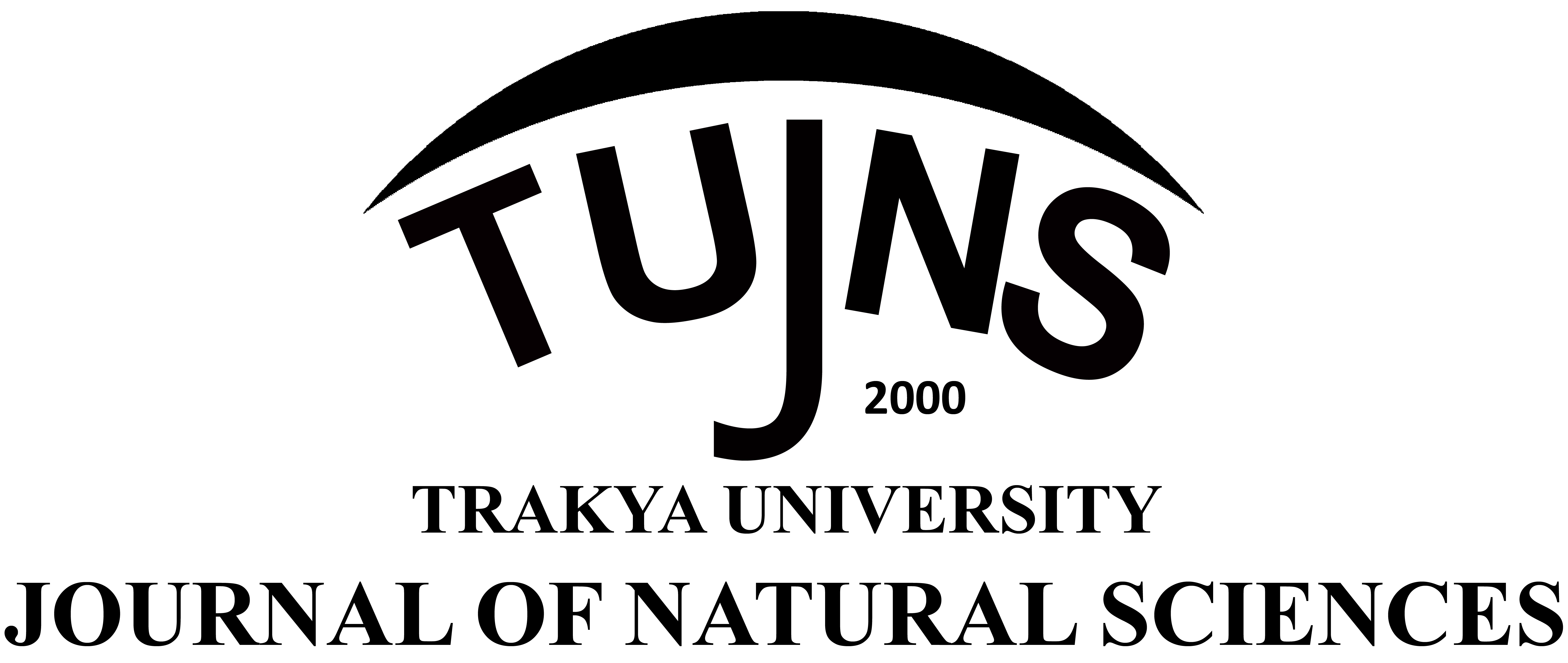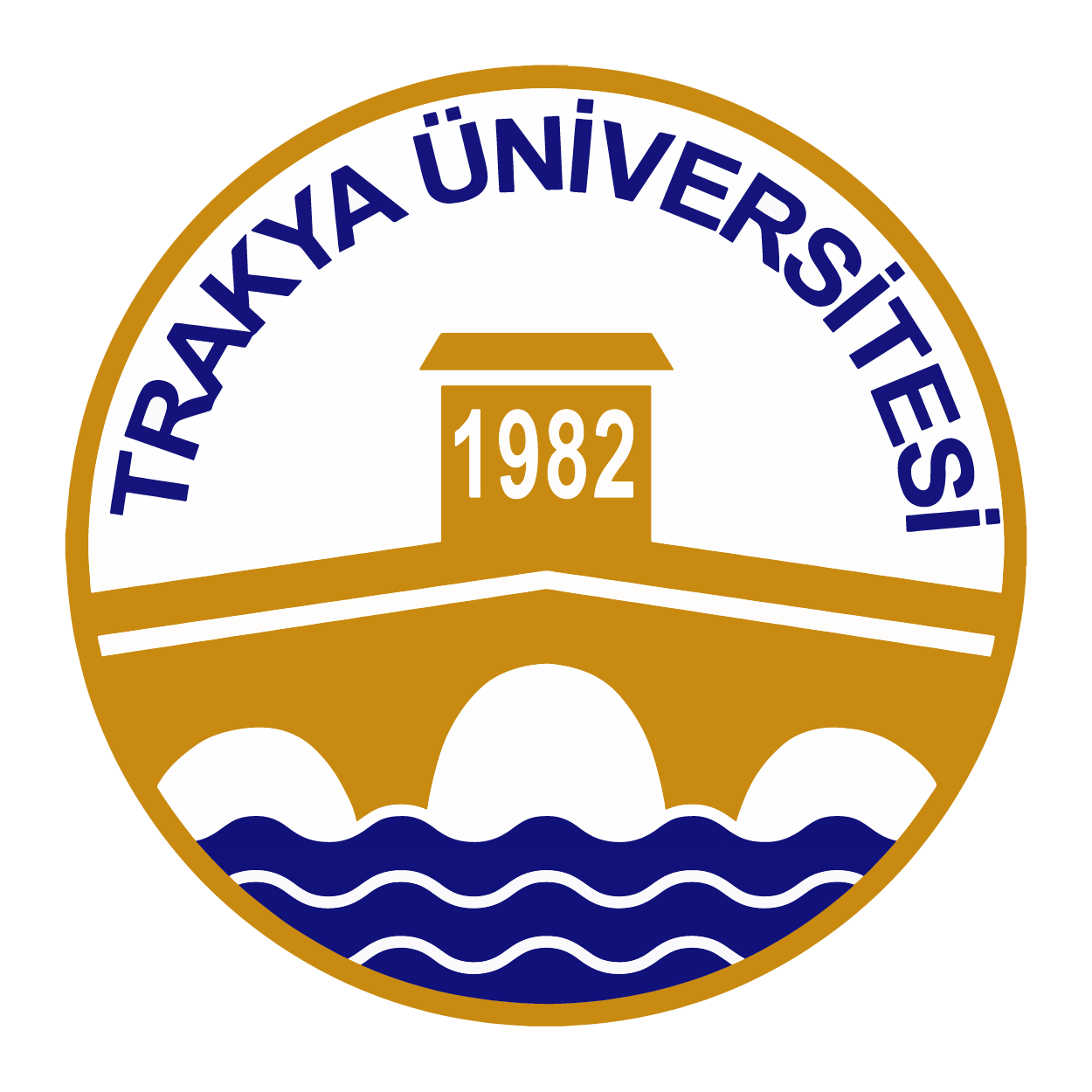Abstract
Haloalkalitolerant fungi can survive in environments with high salt concentrations and pH values. The bioactive compounds produced under stressful conditions have potential biotechnological applications. In this study, 52 microfungi isolated from Acıgöl Lake in Türkiye, offering polyextreme conditions, were screened for some biotechnological properties. The antimicrobial and antioxidant activities of the isolates were determined using the agar diffusion and the 2,2-diphenyl-1-picrylhydrazyl (DPPH) radical scavenging methods, respectively. Enzyme activities were determined by various methods using the agar diffusion technique. Synthesis of silver nanoparticles (AgNPs) was carried out using cell-free filtrate of microfungi. 40% of the isolates showed antimicrobial activity against at least one of Escherichia coli ATCC 25922, Staphylococcus aureus ATCC 29213 and Candida albicans ATCC 90028 used as the test microorganisms. Penicillium dipodomyicola showed the highest antibacterial activity against E. coli and S. aureus, while P. brevicompactum showed the highest activity against C. albicans. Penicillium dipodomyicola and P. bilaiae were found to have free radical scavenging activity of a level (90% and above) that can compete with positive control. All of the isolates with amylase activity belonged to Aspergillus and Penicillium and the most prominent three of them were A. ochraceous, A. flavus and P. brevicompactum. 55% of the isolates showed proteolytic activity, among which A. alliaceus had the highest activity. Almost all isolates (92%) showed lipolytic activity. Aspergillus amstelodami, P. sizovae and P. solitum had a significant level of lipolytic activity. 35% of the isolates showed cellulolytic activity with highest values Cladosporium pseudocladosporioides, P. dipodomyicola and P. bilaiae. Eight of the isolates carried out AgNP synthesis within 24 h. When all the results were evaluated, Aspergillus amstelodami, A. ochraceus, Penicillium dipodomyicola, and P. brevicompactum appeared to have the potential to serve in different industrial areas.



